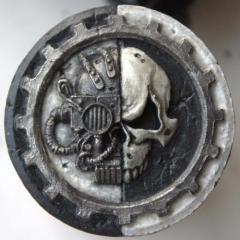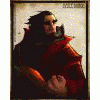*Qui presento SuShulainn, il primo png collegato a Nyx*
INTERPRETAZIONE
SuShulainn ha una personalità abbietta, sadica e maligna. È infido, codardo, approfittatore e sempre pronto a mordere la mano che lo nutre. Serve Nyx solamente perché il sogno futuro di una notte eterna portata da Yordul lo eccita nel profondo. Un luogo di caccia perfetto per un deviato come lui. Gode nell’uccidere e nel sapere di essere stato migliore di quelli che uccide. Ritenendosi per questo superiore di loro con il diritto di prendere le vite senza valore di chi gli è inferiore.
Combattimento
In combattimento SuShulainn usa i Khytor ai suoi ordini come specchietti per le allodole. Dopo un round passato a studiare la situazione lancia Oscurità, come capacità magica, per gettare nel caos i suoi avversari. Poi si getta nella mischia, colpendo gli avversari quando non possono vederlo. È in grado di riposizionarsi facilmente per fiancheggiare con i Khytor, evitando gli attacchi di opportunità grazie a talenti quali Schivare e Mobilità.
INSERIMENTO NEL GIOCO
La scheda di SuShulainn utilizza materiale presentato nei seguenti manuali: player’s handbook I, monster manual I, dragon magazine #324, dungeonscape.
SuShulainn
Drow Ladro 3*
*ACF Penetrating strike
NM Umanoide medio
Iniziativa: +3; Sensi: scurovisione 36m; Ascoltare +5, Osservare +5
Linguaggi: comune, elfico, sottocomune, linguaggio dei segni drow
______________________________________________________________________
Grado di sfida: 4
Modificatore di livello: +2 (+2 utilizzando la regola variante di Arcani Rivelati)
LEP: 5
______________________________________________________________________
CA: 16, contatto 13, colto alla sprovvista 13; schivare, mobilità (+3 Destrezza, +3 armatura)
Pf: 3d6+9 (22 medi pf; 3 DV)
Resistenza: resistenza agli incantesimi 14, eludere
Tempra: +3; Riflessi: +6; Volontà: +1 (+2 contro magie o capacità magiche)
______________________________________________________________________
Velocità: 9m (6 quadretti)
Spazio: 1,5m; Portata: 1,5m
Mischia: spada corta perfetta +4 (1d6+3/19-20 x2) e spada corta perfetta +4 (1d6+3/19-20x2)
Distanza: balestra a mano perfetta +4 (1d4/19-20x2 più veleno) e balestra amano perfetta +4 (1d4/19-20x2 più veleno)
Attacco base: +2; Lotta: +5
Opzioni di attacco: veleno drow, attacco furtivo 2d6
Azioni speciali: capacità magiche
Strumenti da combattimento: Veleno drow x4 (CD 13), pozione di cura ferite leggere x2
Capacità magiche (LI 3°; tiro salvezza CD 11 + livello dell'incantesimo):
1 volte al giorno – luci danzanti, luminescenza, oscurità
______________________________________________________________________
Caratteristiche: For 16, Des 16, Cos 14, Int 12, Sag 10, Car 12
Qualità speciali: tratti dei drow
Talenti: schivare, mobilità, combattere con due armi
Difetti: coward
Abilità: acrobazia +8, ascoltare +5, equilibrio +8, intimidire +6, muoversi silenziosamente +9, nascondersi +9, osservare +5, raggirare +6, rapidità di mano +8
Proprietà: spada corta perfetta x2, balestra a mano perfetta x2, sundark goggles, armatura in cuoio borchiato perfetta
______________________________________________________________________
Sneak Attack 2d6: If a rogue can catch an opponent when he is unable to defend himself effectively from her attack, she can strike a vital spot for extra damage. The rogue’s attack deals extra damage any time her target would be denied a Dexterity bonus to AC (whether the target actually has a Dexterity bonus or not), or when the rogue flanks her target. This extra damage is 1d6 at 1st level, and it increases by 1d6 every two rogue levels thereafter. Should the rogue score a critical hit with a sneak attack, this extra damage is not multiplied. Ranged attacks can count as sneak attacks only if the target is within 30 feet. With a sap (blackjack) or an unarmed strike, a rogue can make a sneak attack that deals nonlethal damage instead of lethal damage. She cannot use a weapon that deals lethal damage to deal nonlethal damage in a sneak attack, not even with the usual -4 penalty. A rogue can sneak attack only living creatures with discernible anatomies—undead, constructs, oozes, plants, and incorporeal creatures lack vital areas to attack. Any creature that is immune to critical hits is not vulnerable to sneak attacks. The rogue must be able to see the target well enough to pick out a vital spot and must be able to reach such a spot. A rogue cannot sneak attack while striking a creature with concealment or striking the limbs of a creature whose vitals are beyond reach.
Trapfinding: Rogues (and only rogues) can use the Search skill to locate traps when the task has a Difficulty Class higher than 20. Finding a nonmagical trap has a DC of at least 20, or higher if it is well hidden. Finding a magic trap has a DC of 25 + the level of the spell used to create it.
Rogues (and only rogues) can use the Disable Device skill to disarm magic traps. A magic trap generally has a DC of 25 + the level of the spell used to create it. A rogue who beats a trap’s DC by 10 or more with a Disable Device check can study a trap, figure out how it works, and bypass it (with her party) without disarming it.
Evasion (Ex): At 2nd level and higher, a rogue can avoid even magical and unusual attacks with great agility. If she makes a successful Reflex saving throw against an attack that normally deals half damage on a successful save, she instead takes no damage. Evasion can be used only if the rogue is wearing light armor or no armor. A helpless rogue does not gain the benefit of evasion.
Penetrating strike: Whenever you flank a creature that is immune to extra damage from sneak attacks, you still deal extra damage equal to half tour normal sneak attack dice. This benefit does not apply against creatures that cannot be flanked, nor against foes that are otherwise denied their Dexterity bonus to AC or flat-footed but not flanked







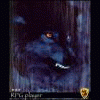




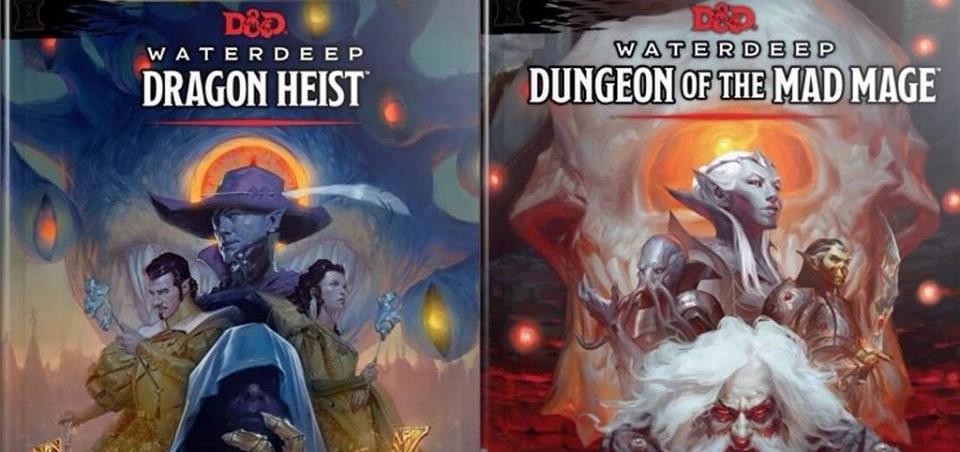
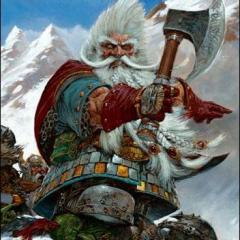







.thumb.gif.91c3630144084fd79985779ed4f8319f.gif)




